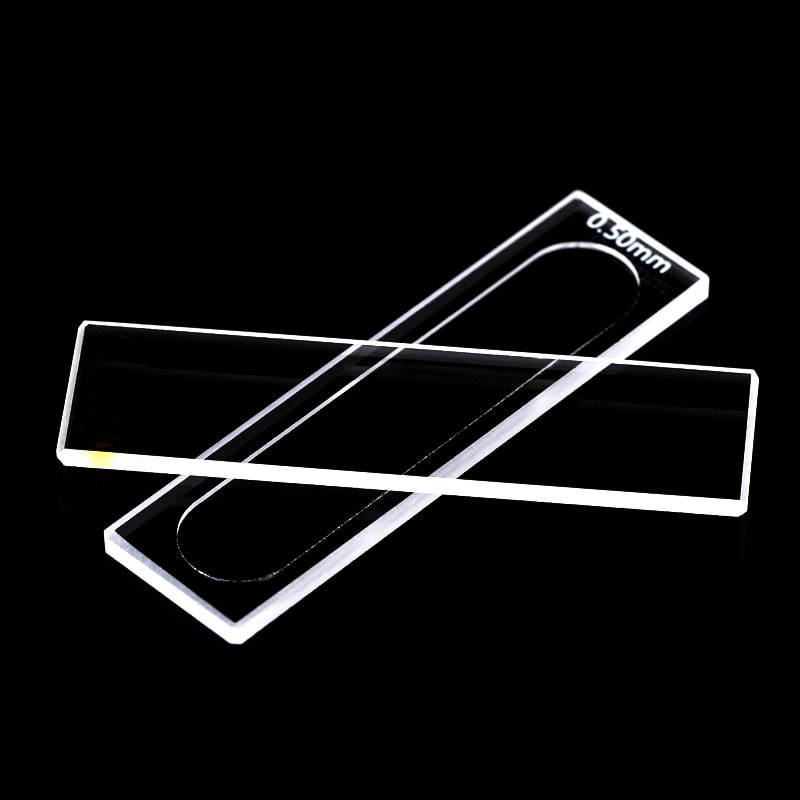The spectrophotometry procedure is the cornerstone for scientific discovery. It is a way to discover the secrets of light absorption and transmission across specific wavelengths. At its heart lies the cuvette which is a modest but essential vessel that stores the samples for analysis. These small containers might seem straightforward, but their complex, from cuvette’s path length to the choice of material provide the key to unlocking accurate data on the substance’s concentration and the purity of the substance. Explore the world of cuvettes, and their dimensions. They can affect the results of every experiment.
The Power of Cuvette Path Length
Imagine a light beam moving through a liquid. What happens depends heavily on the path length of the cuvette which is the length of time light traverses the liquid. A standard 1cm path length cuvette is often used by many labs, striking a balance between sensitivity and practicality. What is the significance of this? The longer the pathway, the more light is absorbed and amplifies the signal in dilute samples. A shorter route can make a big difference for concentrated solutions such as proteins or nucleic acids. This decreases dilution and helps preserve precious samples, while also reducing preparation time. What is the takeaway? Matching the path length to requirements for sample is not obvious and increases reliability.

Image credit: cuvet.co
Cuvette Dimensions and Size The Cuvette Dimensions and Size is More than you think
Size of the cuvette doesn’t simply refer to the volume of liquid that can fit inside it’s about how the vessel works with the spectrophotometer. They come in different volumes and shapes to meet particular needs. Semi-micro cuvettes have smaller dimensions and thicker walls. They are perfect for small sample volumes. Thicker walls let light flow through the sample without even wasting a single drop. Compare this to a standard cuvette, the difference is stark with fewer steps for pipetting more room for error and results that stand when tested. This clever method proves size is not just a number, but an approach.
The 1 cm length of the path Cuvette is one of the lab’s most popular
What is the reason why the 1 cm cuvette’s path length is widely used for experiments? It is ideal for biological tests when the samples are in short supply and milliliters count. This classic design gives consistent absorbance measurements without overwhelming the detector. It’s not a single-size super-skill. You can swap it for a cuvette with a different path length or the same geometry as one used to study emission, and the results could skew wildly. It is crucial to select the correct tool and not the one you are comfortable with. A mis-matched cuvette can be compared to an instrument that is tuned incorrectly but not completely right.
Material Matters: More Than Size and Path
Cuvette dimensions tell only half the story material choice seals the deal. Glass and quartz cuvettes are notable because of their high transmission rates, letting light zip through with no interference. They’re sturdy, reusable and are ideal for tough spectroscopy-related tasks. On the other hand plastic cuvettes can bring value and ease of use to the table. There’s no need for clean-up or cross-contamination. Simply take the cuvettes then throw them away. For aqueous solutions and quick DNA and RNA tests, they’re hard to beat. What’s the downside? lower accuracy for certain wavelengths. For those who are a purist, quartz is preferred, while pragmatists may prefer plastic.
Perfect Practice and Precision
Cuvettes’ appeal lies in their flexibility. Spacers in combination with short path lengths allows for the handling of samples that are concentrated and larger vessels are able to handle large amounts. The clarity of results is affected by the length of the path and size, as well as the material utilized. A lab is measuring an uncommon, protein. A semi-micro cuvette that has a shorter pathway could reduce dilution problems and provide reliable data quickly. Contrast that with a sloppy switching of cuvettes halfway through the experiment, and the results will be shaky. Small details make the greatest impact in spectrophotometry.
Cuvettes might be small, yet their importance is immense. From the 1cm path length cuvette to the custom dimensions that help bridge the gap between the sample and knowledge. The right cuvette can transform an excellent measurement, regardless of regardless of whether you’re seeking purity or concentration or both, into an excellent measurement.








